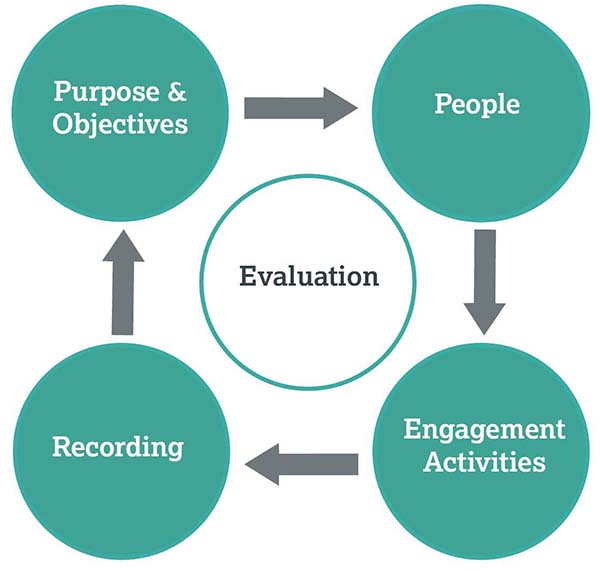People
You will need to think about who you want to engage with.
Consider if you wish to reach out broadly to the public or if you want to target a particular group of people or organisations.
As a starting point if you want to engage with the public you may wish to segment your audience, for example, by:
- Demographic – age, social background, profession, diversity etc.
- Place
- Interest
- Shared circumstances e.g., lived experience, residents living in a particular locality.
You may be reaching out to people in particular organisations such as businesses, community groups, third sector, social enterprises, and local government.
You may already have in mind who you wish to engage with, or you may be starting from scratch. For example, you may know that you want to engage with local authorities, but not know who to contact or how to discuss your research with a business. There is rich experience of engagement with the public and different organisation types at Lancaster University, which can help and support you in making the right contacts. Visit the support section of the portal for more information.
Once those that you are going to engage with are identified it is important to deepen your understanding of them, this will help to inform the best way of engagement. For example:
- If you are engaging with a particular group of individuals such as residents within a defined area then reading news reports/social media and meeting up with local counsellors and community leaders, for example, will enable you to gather background understanding of the issues that are being faced and public opinions prevalent in that area.
- When engaging with businesses, third sector or local government information such as their strategic plan, company reports, corporate plans, company accounts can be all rich sources of information. These can help you understand an organisation and the problems it may be trying to solve or products it wants to create.
This will allow you to make initial contact on an informed footing.




